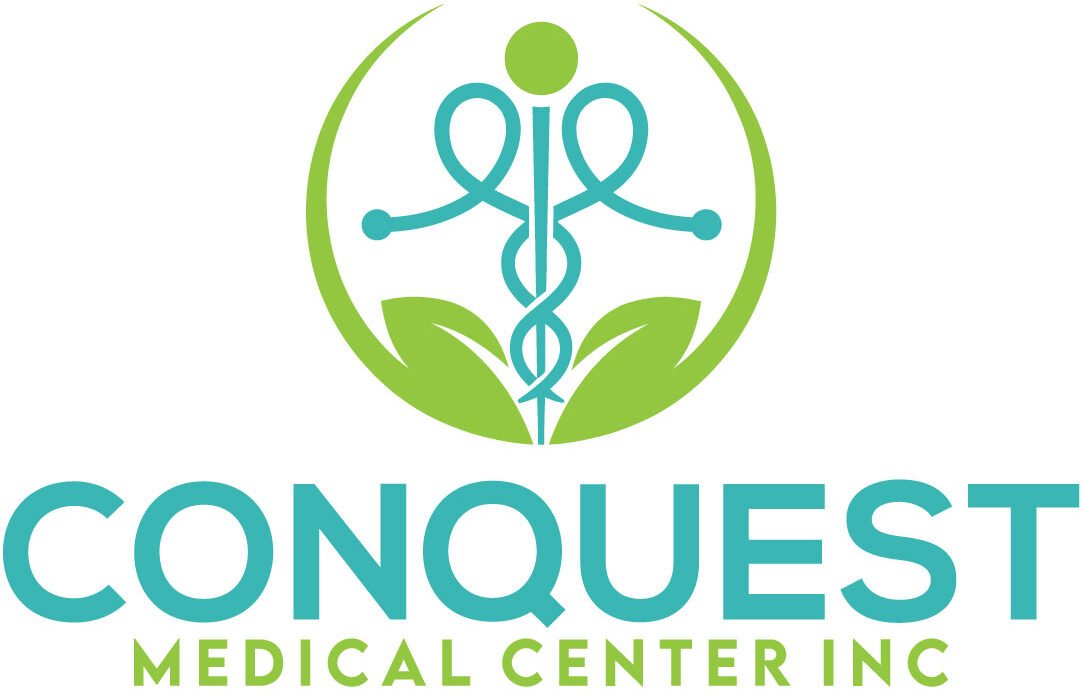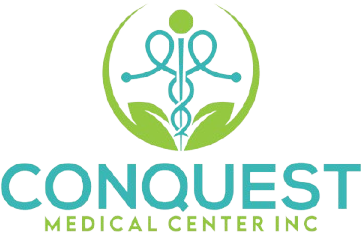As our population ages, the need for effective healthcare models that promote preventive care for seniors becomes increasingly critical. Collaborative care models offer a promising solution for supporting preventative healthcare.
By uniting a multidisciplinary healthcare team, these models ensure comprehensive and coordinated care that addresses senior’s health. This approach improves health outcomes, enhances the quality of life for seniors, and reduces healthcare costs through effective communication and data sharing among providers.
The Role of Collaborative Care Models
Collaborative care models bring together diverse healthcare professionals, including primary care physicians, nurses, mental health providers, pharmacists, and social workers, to deliver coordinated and comprehensive care. This team-based approach enhances communication among providers, ensuring that all aspects of a senior’s health are addressed comprehensively.
Benefits of Interdisciplinary Collaboration
To fully appreciate the advantages of collaborative care for seniors, it is essential to understand its multifaceted benefits for healthcare delivery. Pooling the expertise of various healthcare professionals and enhancing communication and coordination transform senior care, making it more effective and efficient. Here are a few benefits.
Improves Health Outcomes
Collaborative care models pool the expertise of various healthcare professionals to identify and address health issues more effectively. For instance, integrating behavioral health services within primary care settings has been shown to improve mental health outcomes, reduce symptoms of depression and anxiety, and enhance the overall quality of life for seniors.
When healthcare professionals collaborate effectively, they ensure comprehensive and coordinated care that addresses all aspects of a patient’s condition, resulting in more precise diagnoses and treatment plans.
Mitigates Medical Errors
Ensuring patient safety is a primary concern in healthcare, and interdisciplinary collaboration is crucial in enhancing it. By working together, healthcare providers effectively identify and address potential safety issues related to medication management, patient handoffs, and care transitions — critical points where errors frequently occur. More than 40% of Americans report being impacted by a medication error. Additionally, miscommunication during patient handoffs contributes to approximately 80% of serious medical errors.
Shared knowledge and collaborative communication among healthcare professionals help prevent adverse events and foster a safety culture within healthcare organizations.
Reduces Cost
Collaborative care models significantly reduce redundant tests and procedures by enhancing provider communication and data sharing. This improved coordination minimizes wasteful spending and increases the efficiency of healthcare delivery. By integrating various healthcare services, collaborative care enhances patient outcomes and lowers overall costs for both patients and the healthcare system. Enhanced communication and streamlined processes help avoid unnecessary expenses, making healthcare more cost-effective and efficient.
Enhances Preventive Care
Interprofessional education and practice have been linked to higher rates of preventive services, such as vaccinations and health screenings. Training healthcare professionals in preventive medicine and health education tools leads to more proactive management of seniors’ health.
Proactive Interventions for Age-Related Health Issues
Preventive healthcare is vital in managing the complexities of aging. Collaborative care models emphasize regular health screenings, early detection of chronic diseases, and timely interventions to prevent complications. Here are some key components.






